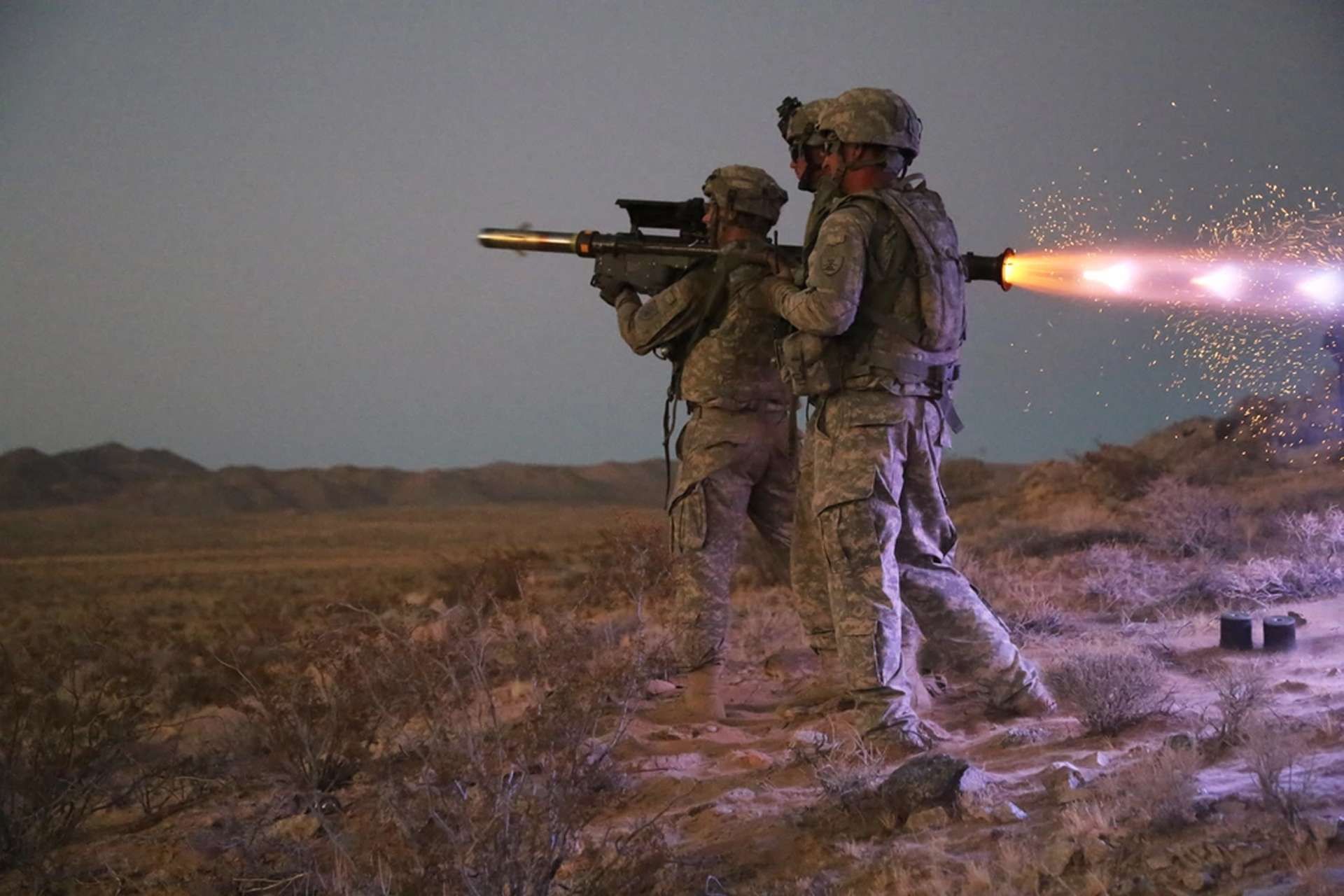Breaking News
Latvia Considering Additional Stinger MANPADS for Ukraine.
Latvia is evaluating the possibility of sending another batch of Stinger MANPADS (man-portable air-defense systems) to Ukraine, according to Prime Minister Krishjanis Karinsh. He emphasized that ongoing assessments aim to support Ukraine's resistance against the Russian invasion.
Follow Army Recognition on Google News at this link

The FIM-92 Stinger is a portable surface-to-air missile designed for use by a single operator. (Picture source: US DoD)
"Yesterday, we decided to send equipment from the State Police to Ukraine. In the coming days, a convoy of buses carrying various forms of aid will leave Riga," the Prime Minister stated. He also noted that discussions are ongoing regarding further military assistance to Ukraine, including the potential shipment of additional Stinger anti-aircraft missile systems and other military supplies.
In January 2024, Latvia pledged a new military aid package to Ukraine, including howitzers, 155 mm ammunition, anti-tank weapons, missiles, grenades, helicopters, drones, communication devices, generators, and equipment.
In January 2023, Latvia had already provided 285 cars worth nearly one million euros as part of a batch of over 1200 cars donated by UkReinis Pozņaks. In August 2022, Latvia delivered six M109 self-propelled howitzers, along with two Mil Mi-8MTV-1 transport helicopters and two Mil Mi-2 transport helicopters. In August 2023, one Mi-17 helicopter was sent, with another one promised.
Since March 2022, more than 90 drones have been donated by Latvian companies and delivered to the Ukrainian Armed Forces by the Ministry of Defense of Latvia. In May 2022, over 45 AtlasPro drones were donated by the Latvian public and companies, and after January 2023, dozens more drones were sent.
Since February 2022, Latvia has also provided dozens of Stinger anti-aircraft missile systems and anti-aircraft guns. In the spring of 2023, dozens of machine guns with ammunition were sent to Ukraine.
The FIM-92 Stinger is a portable surface-to-air missile designed for use by a single operator. Originating from the United States, it has been in service since 1981 and has been used in numerous conflicts, including the Falklands War, the Soviet-Afghan War, the Gulf War, and most recently, the Russo-Ukrainian War.
Designed by General Dynamics in 1967 and manufactured by Raytheon Missiles & Defense, the Stinger has evolved through several variants: FIM-92A, FIM-92B, FIM-92C, FIM-92D, and FIM-92G. The unit cost of the FIM-92A was $38,000 in 1980, rising to $119,320 in 2020.
The complete Stinger system weighs 15.7 kg, while the missile alone weighs 10.1 kg. At launch, the missile is 1.53 m long, reducing to 1.37 m in flight. It has a diameter of 70 mm and a wingspan of 160 mm. Designed for operation by a single crew member, the Stinger has an effective firing range of 0.16 to 4.83 km.
The missile is equipped with a 3 kg high-explosive fragmentation warhead with an impact detonation mechanism. Its solid-fuel rocket motor allows it to reach a maximum speed of Mach 2.2, or 745 m/s. The guidance system uses infrared homing, enabling the missile to automatically target heat sources such as aircraft engines.
The Stinger can be launched from several platforms, including MANPADS, the M6 Linebacker, the Multi-Mission Launcher, the Eurocopter Tiger, the AN/TWQ-1 Avenger, the MQ-1 Predator, the AH-64 Apache, and the T129 ATAK.
In summary, the FIM-92 Stinger is a versatile and effective weapon system, widely used for short-range air defense due to its mobility and precision in targeting enemy aircraft.
"We will persist in this direction. We must stand with the Ukrainians as they fight for our shared values against the Russian aggressor," Karinsh emphasized.


























